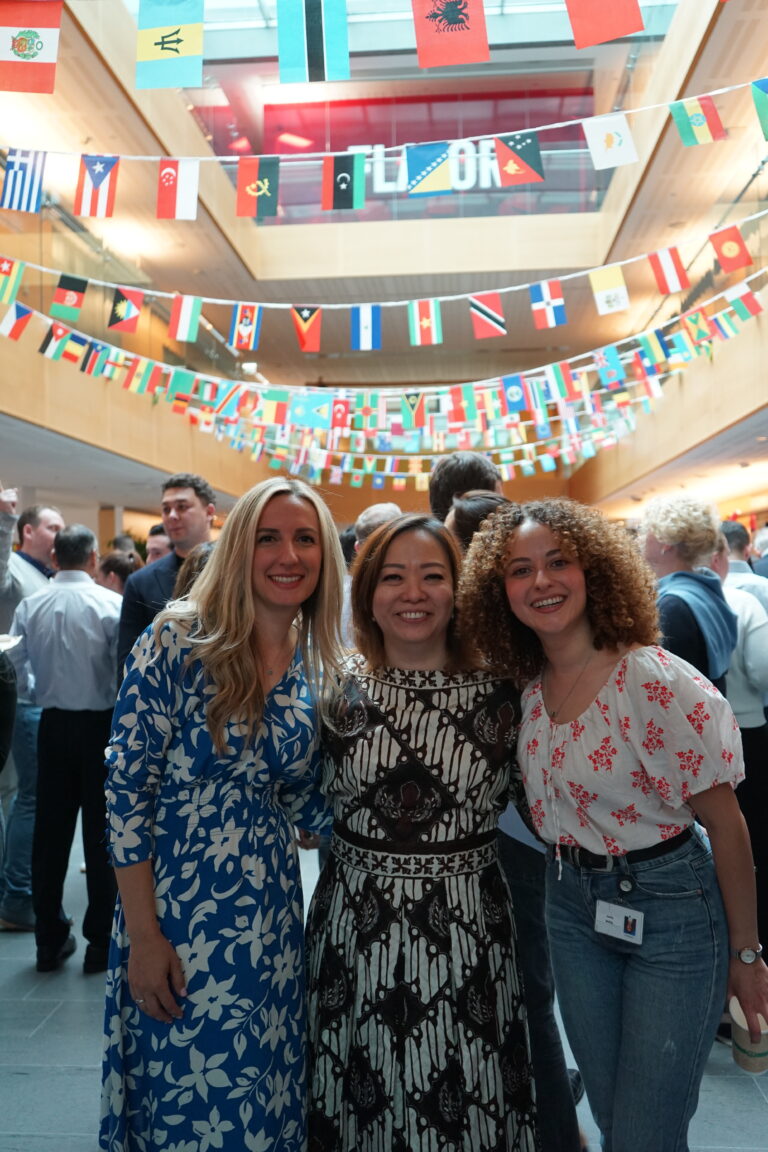
Tina Lannin owns the LinkedIn group Diversity and Disability@Work, which has grown to 24,000 members, which is a kind media partner of Diversity Network’s digital INCLUSION Festival.
Tina is also the founder of 121 Captions and an expert forensic lip reader, lip-reading teacher, live captioning and subtitles provider and a deaf awareness trainer and careers consultant. Here, Tina shares her lived experience of being deaf in the workplace – and shares her top tips for how to support colleagues with different hearing abilities.
The National Deaf Center in the US has found that just over half of deaf people were employed in 2017 in the USA and yet 11.5 per cent of the population has hearing loss. This number is predicted to grow to be one in four people around the world – 2.5 billion people by 2050.
Q Why is it essential that employers tap in to people with hearing difficulties – both as a hidden talent pool and as a customer base?
A “It is not just about inclusivity; it is a strategic advantage. Firstly, it opens access to a diverse talent pool that is often under-utilised. Individuals with hearing difficulties often possess unique perspectives and problem-solving skills. Moreover, as the population of people with hearing loss is projected to grow significantly, they represent a substantial customer base. Companies that prioritise accessibility and inclusivity can enhance their brand loyalty and market reach.”
Q It was a deaf person who pioneered texting almost 60 years ago: what additional skills can those with different hearing abilities bring to the workplace?
A “People with hearing difficulties bring a variety of skills and innovations to the workplace. For instance, the development of texting technology is a prime example of how necessity drives innovation. Additionally, deaf people often have heightened visual and cognitive skills, strong attention to detail, and exceptional problem-solving abilities. An example is the skill of lip reading which is essentially problem solving on the fly as the deaf lipreader works out what is being seen and makes sense of this. The deaf person’s experiences navigating a predominantly hearing world can foster resilience, creativity, and a unique approach to challenges.”
Q Can you share more about your disability? I understand you were deaf but now have a cochlear implant?
A “I was born three months premature and was in an incubator for three months, during which time the incubator’s motor deafened me. I wore hearing aids until ten years ago, I now use two cochlear implants, which gives me perfect hearing however I am not used to it. I have been too deaf for too long. I can hear somewhat on the phone and radio, however I still rely on lipreading to a large extent. This experience gives me a profound understanding of the challenges and opportunities faced by individuals with hearing difficulties as well as an insight into what it’s like to be hearing (and not grasp what it’s like to be deaf!). My insights are invaluable in training and consultancy, helping businesses to better understand and support deaf employees and customers.”
Q Why is it essential for employers to treat members of the deaf community as individuals?
A “It’s crucial because each person’s experience with hearing loss is unique. Some may use hearing aids or cochlear implants, while others rely on lip reading or sign language. Personalised approaches ensure that accommodations meet specific needs, enhancing productivity and job satisfaction. Recognising individual differences fosters an inclusive environment where all employees can thrive.”
Q What advice would you offer for employers who would like to welcome deaf colleagues into their organisation?
“To effectively welcome deaf colleagues, employers should:
- Provide training: Offer deaf awareness and communication training to all employees.
- Use technology: Implement assistive technologies like live captioning and video relay services.
- Adapt workspaces: Ensure workplaces are accessible with visual alarms and open communication channels.
- Encourage inclusivity: Foster an inclusive culture through policies and practices that support diversity.
- Seek feedback: Regularly consult with deaf employees to understand their needs and improve accommodations.
“By taking these steps, employers can create a supportive and productive environment for deaf colleagues, enhancing overall workplace diversity and innovation. And by acknowledging and integrating the talents and needs of individuals with hearing difficulties, businesses can not only enrich their workforce but also tap into a vast and growing customer base.”
For more about the Diversity and Disability@Work LinkedIn group, see here: https://www.linkedin.com/groups/80598/
Diversity and Disability@Work is a kind media partner of Diversity Network’s INCLUSION Festival. To register for your ticket, see here: https://diversity-network.com/inclusion-registration/





